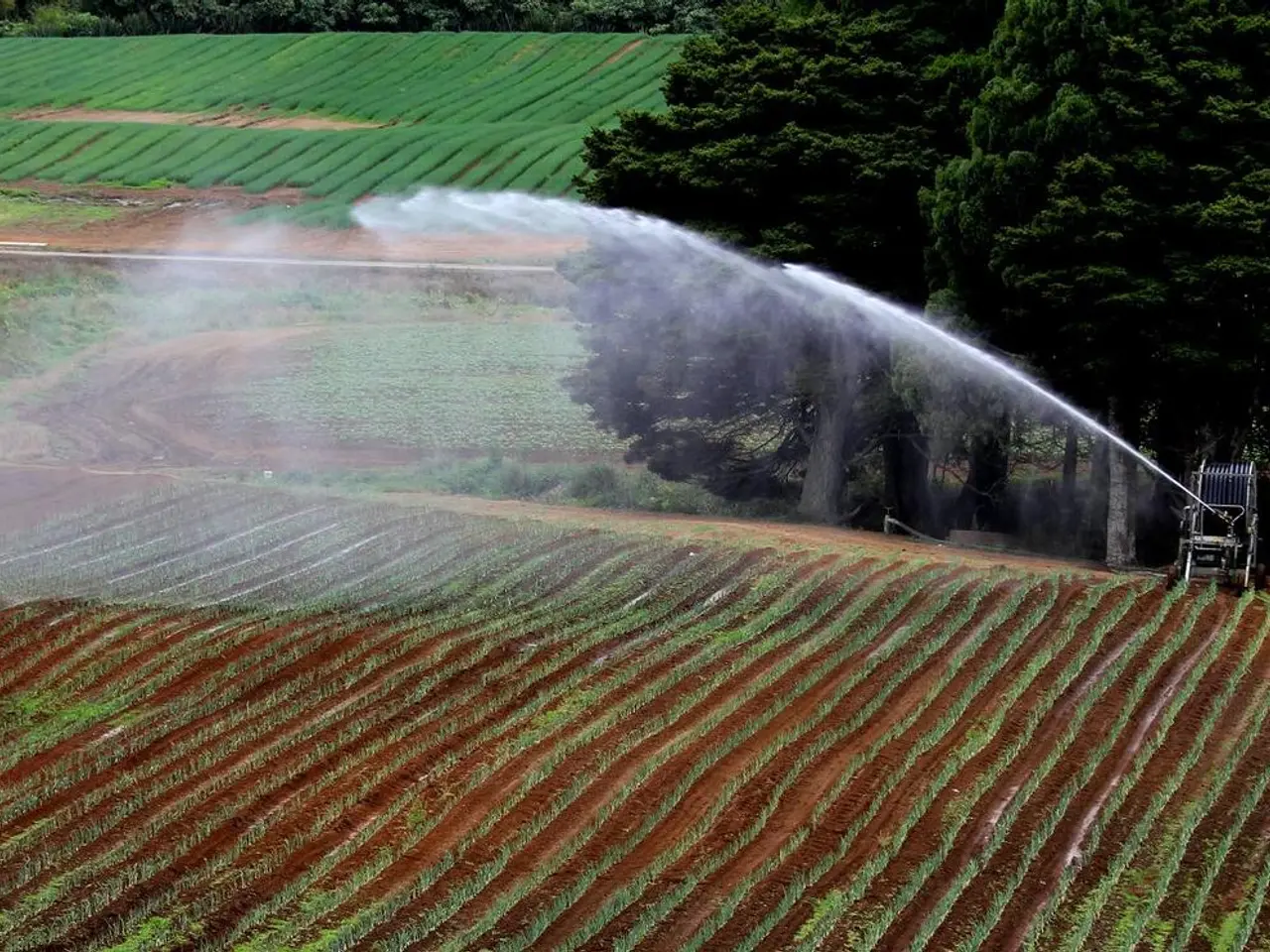"BNRP-108 IGNOU Project Report and Proposal, Completely Free of Plagiarism"
In the realm of water resource management, IGNOU BNRP-108 projects often delve into contemporary challenges and innovative solutions. Here are 15 captivating and relevant project topic ideas that could be suitable for BNRP-108:
- Sustainable Water Resource Management in Urban Areas
- Study of water conservation practices and challenges in rapidly urbanizing regions.
- Rainwater Harvesting Techniques and Their Effectiveness
- Assessment of rainwater harvesting in a local community or institution.
- Impact of Climate Change on Groundwater Resources
- Analyzing fluctuations in groundwater levels in a selected area over the past decade.
- Assessment of Water Quality in a Local River or Lake
- Study on physical, chemical, and biological parameters of water quality.
- Traditional Water Management Practices and Their Relevance Today
- Case study of indigenous water conservation methods like step wells or johads.
- Role of Wetlands in Water Resource Management
- Evaluating wetland ecosystems as natural water filters and flood controllers.
- Integrated Watershed Management: A Case Study
- Examining a watershed management project and its impact on water availability and quality.
- Use of GIS and Remote Sensing in Water Resources Planning
- Mapping and monitoring water bodies using modern technologies.
- Groundwater Recharge Techniques and Their Success Rate
- Analyzing artificial recharge methods such as percolation tanks or recharge wells.
- Water Use Efficiency in Agriculture
- Evaluating irrigation practices and proposing water-saving techniques.
- Impact of Industrial Effluents on Water Resources
- Study of contamination and mitigation strategies in an industrial region.
- Public Participation in Water Conservation Programs
- Case study exploring the role of community involvement in water management.
- Challenges and Management of Floods in a Selected Area
- Analyzing flood patterns, causes, and management strategies.
- Policy Framework and Implementation for Water Conservation in India
- Reviewing government initiatives and their ground-level outcomes.
- Desalination Technologies and Their Potential in Water Scarce Regions
- Overview and feasibility assessment of desalination processes.
When selecting a project topic, consider local relevance, data availability, and your area of interest. It's also advisable to confirm topic approval with your IGNOU regional center or project supervisor.
Key Features of the Project: - The report includes a list of figures and tables with captions and page numbers. - Title Page - Structured into several chapters, including Introduction, Literature Review, Methodology, Results and Discussion, Conclusion, and References. - Length: Typically 8-15 pages, unless otherwise specified - Margins: 1-inch on all sides - Table of Contents - Submission of Project Report at the respective Regional Center - Contact information for assistance is provided, including a phone number, email address, and website. - The project may require a viva voce, but for BNRP-108, no viva voce is required. - The Literature Review chapter discusses previous work related to the project, identifies research gaps, and explains how the project contributes. - The report can be submitted at the respective Regional Center. - The synopsis must be signed by the supervisor. - Resources Required - Expected Outcomes - Introduction - Submission of Project Proposal/Synopsis - Scope of the Project - The Results and Discussion chapter presents the results, interprets them, and compares them with existing work. - The report follows a specific citation format (APA, MLA, IEEE, etc.) specified by the institution. - References - Spacing: 1.5 line spacing, justified text - The Introduction chapter includes background and context, objective of the project, scope of the project, and structure of the report. - Objectives - The Methodology chapter describes the materials and tools used, the project design and development process, and the techniques and approaches. - The Conclusion and Future Work chapter summarizes the findings, discusses the limitations of the project, and outlines the future scope. - Assessing the Role of Community-Based Water Management Systems in Rural Development - Conclusion - Certificate - Font: Times New Roman or Arial, size 12 - Community Participation in Water Quality Monitoring - Timeline - Impact of Climate Change on Water Availability in Coastal Regions - Effects of Industrial Waste on Local Water Sources - The minimum passing marks for the project are 40 out of 100. - Other specifications may vary based on the institution's guidelines.
In the realm of education and self-development, one might find online courses offering valuable insights into water resource management, such as IGNOU's BNRP-108. This online education could delve into literature on sustainable learning paths, particularly focusing on topics like sustainable water resource management, technology in water resources planning, or groundwater recharge techniques and their success rate. During one's journey of learning, it's essential to engage with relevant reading materials, partaking in discussions, and applying newfound knowledge to real-world scenarios – much like the practical examples provided in literature review sections of BNRP-108 projects.




